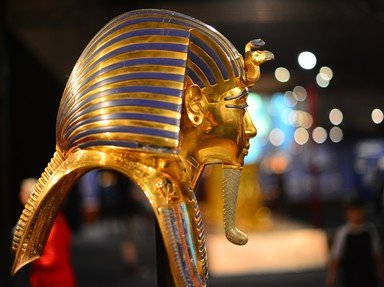
One Kingdom or Another Trivia Quiz
Although not referred to as kingdoms at the time, Ancient Egypt can be divided into several kingdoms lasting multiple dynasties. Which pharaoh goes with which kingdom?
A classification quiz
by Buddy1.
Estimated time: 3 mins.
- Home
- »
- Quizzes
- »
- History Trivia
- »
- Ancient Egypt
- »
- Pharaohs